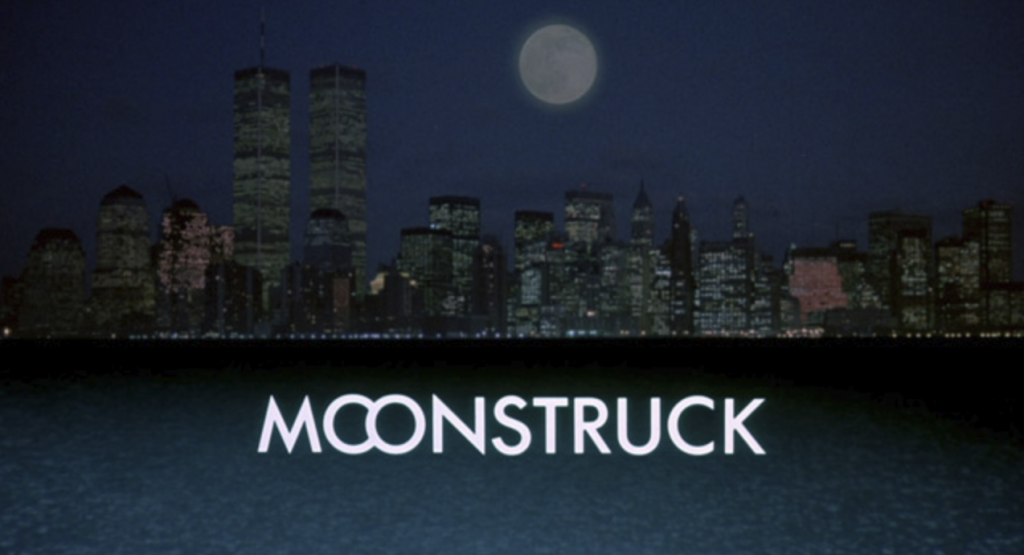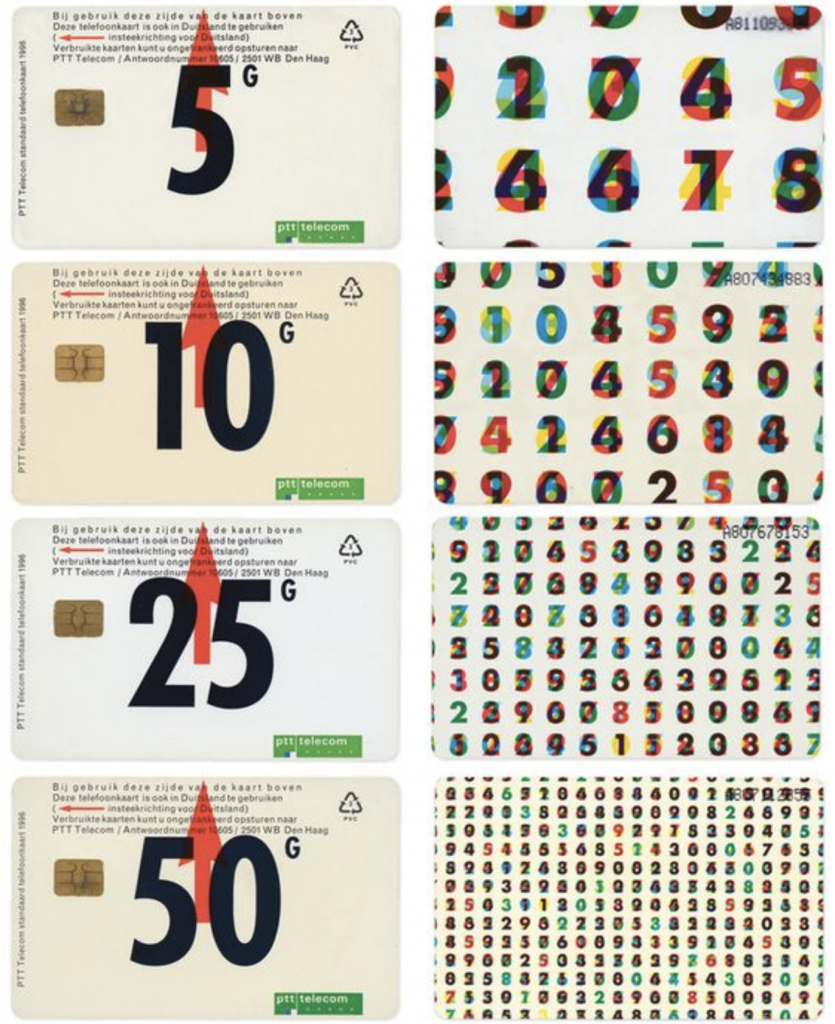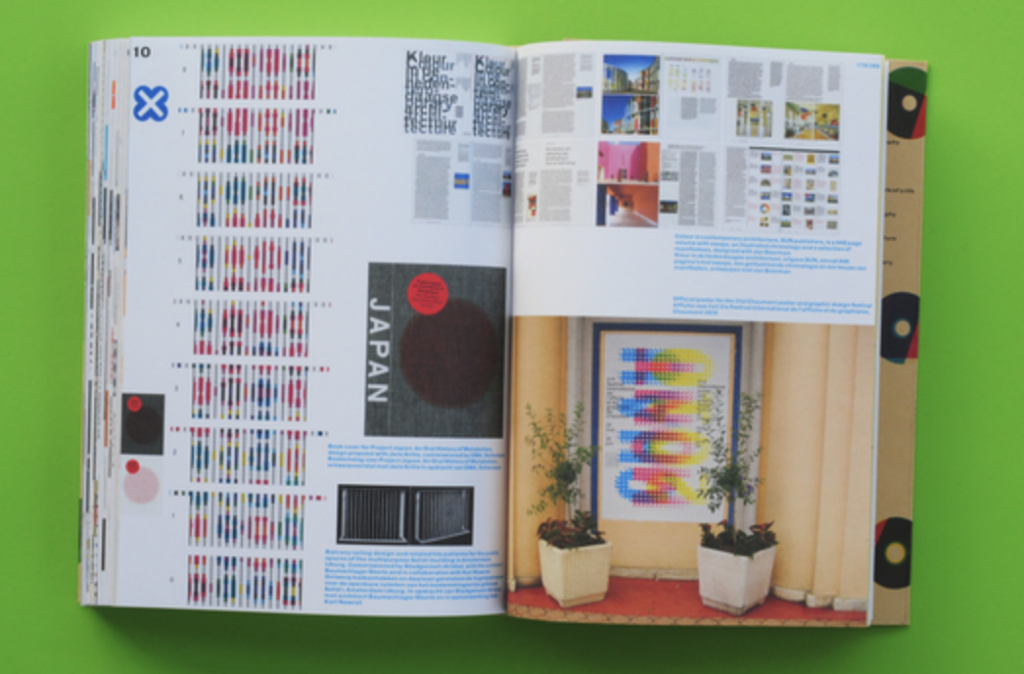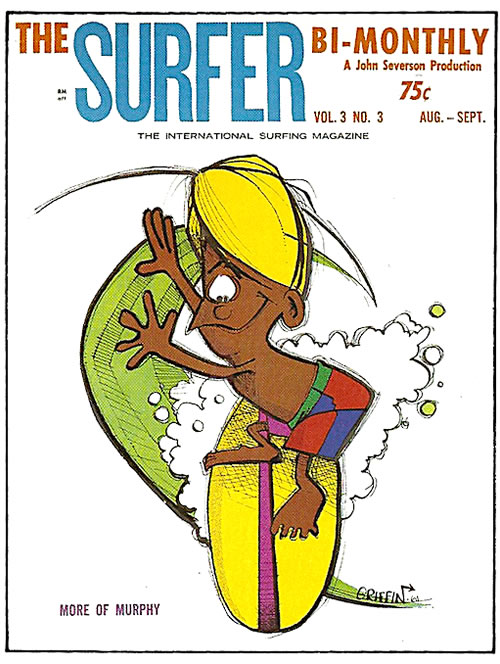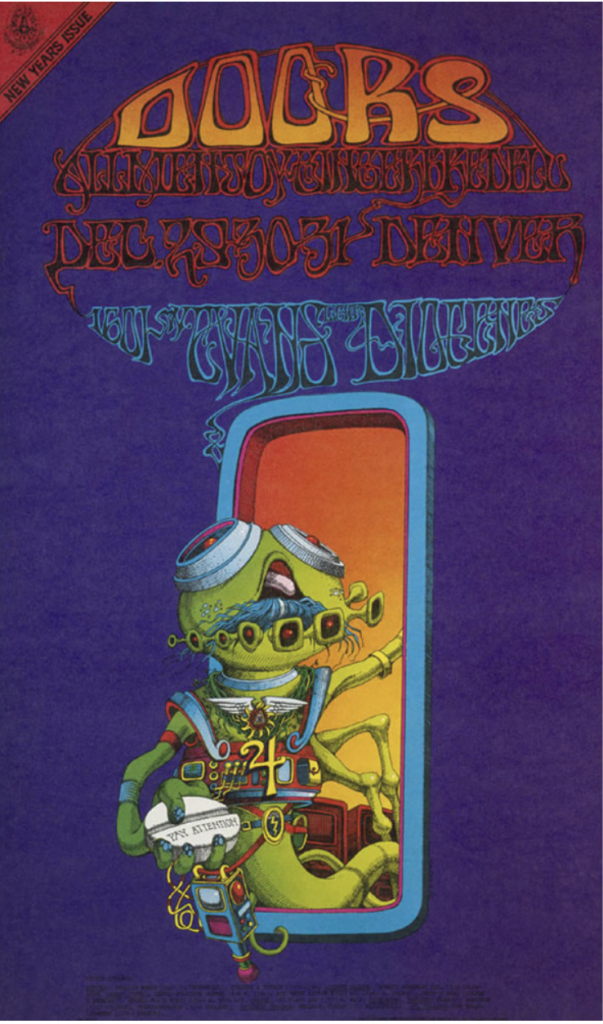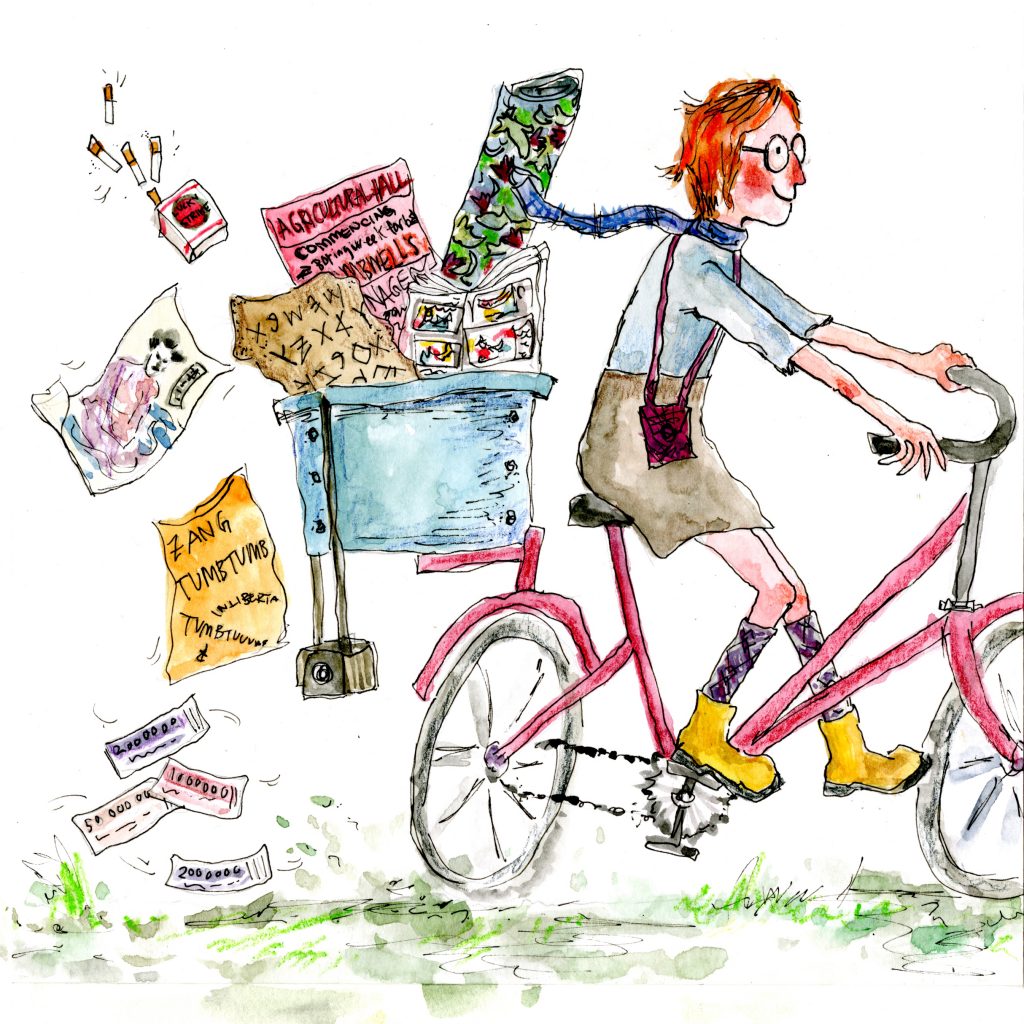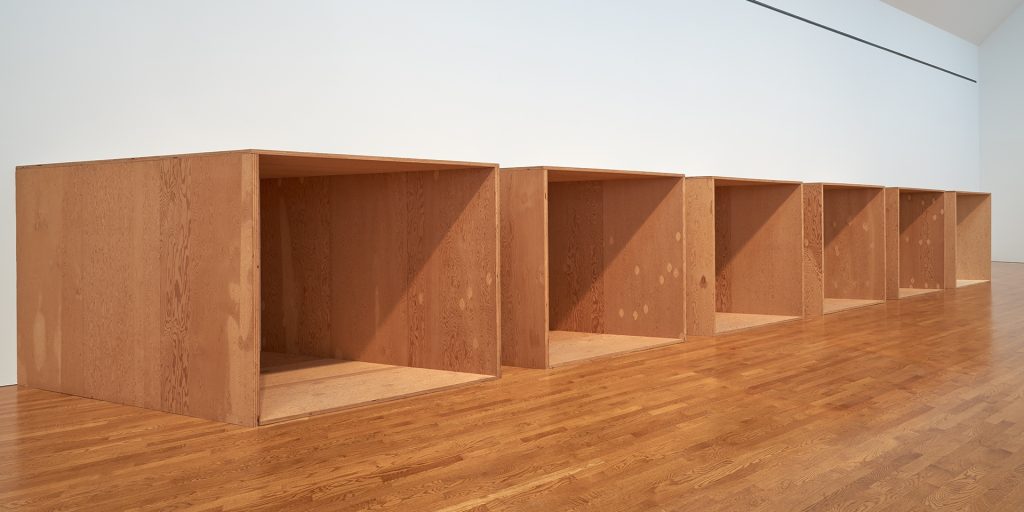When my group decided on Call to Action 63 from the Truth and Reconciliation Commission of Canada, we wanted to create an interactive youth program that covers Indigenous culture and history. We researched different aspects of Indigenous culture to see what we could teach students. After meeting with the prof and Bracken, we got feedback that the amount of information we wanted to cover was too vast.
Bracken suggested making our program more specific, and mentioned the idea of focusing on potlatches. Me and my partner both liked that idea, as potlatches are essentially a summary of indigenous culture, practices, and beliefs. We both researched potlatches and decided on 5 key elements of the potlatch that is important: Gift Giving, Masks, Dance & Song, The Potlatch Ban, and Present Day Potlatch. After we decided on those themes, we brainstormed ideas for activities the kids will do for them.
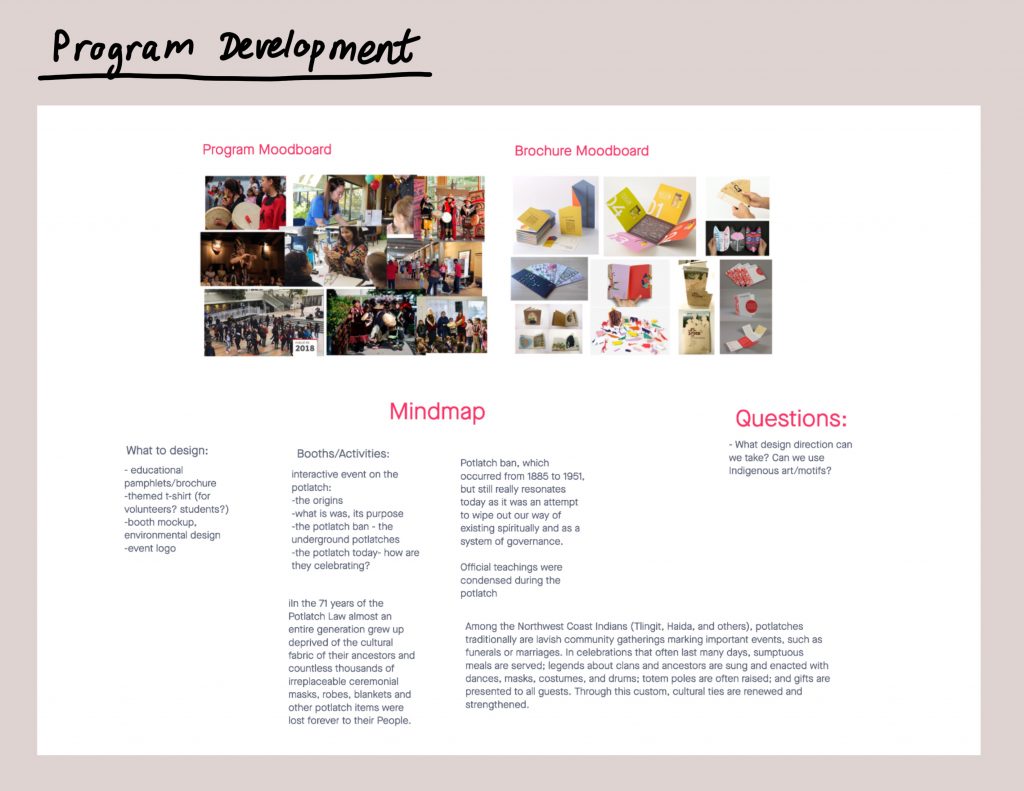
In order to execute our vision for the youth program, we came up with the idea to create a brochure for the students. But after discussion, the idea of a brochure turned into a work booklet that students will fill throughout the program. This way we can show what is being taught to the students. Along with a work booklet, we thought of making banners for each section as well.
My role was to make the banners and draw the illustrations for the booklet. I chose an illustration style that was simple, graphic, and fun to catch the eyes of the young students. My process for each illustration was rough idea sketches, turned into a refined sketch, and then executed in Adobe Illustrator.
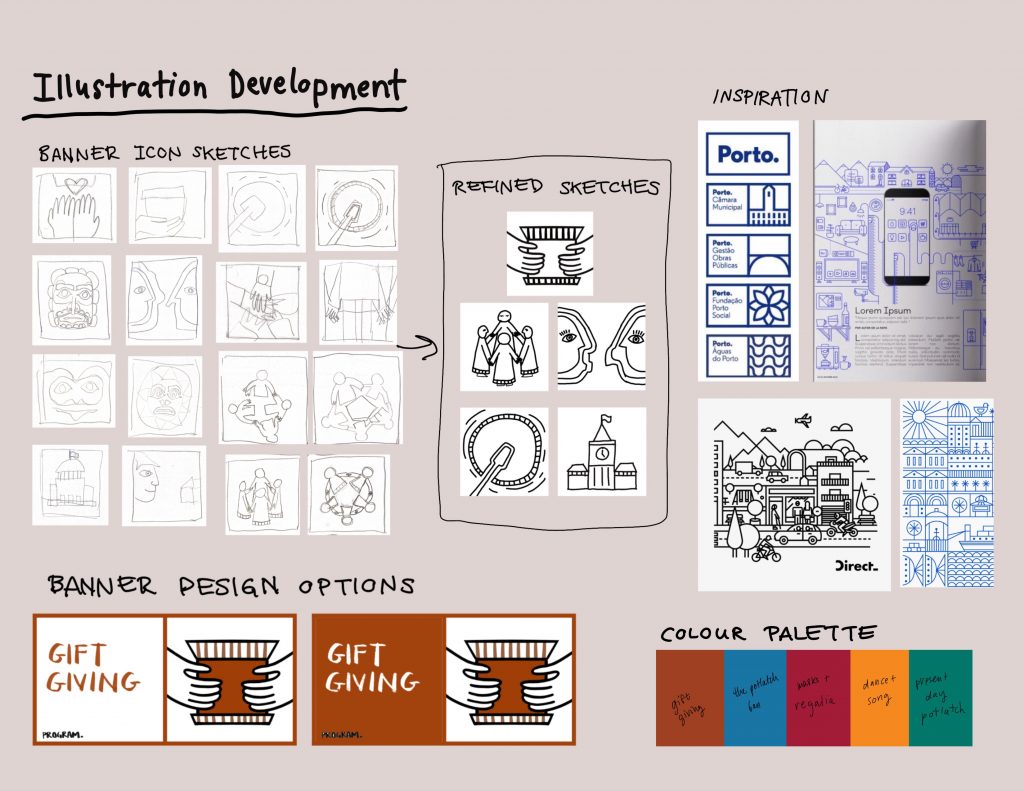
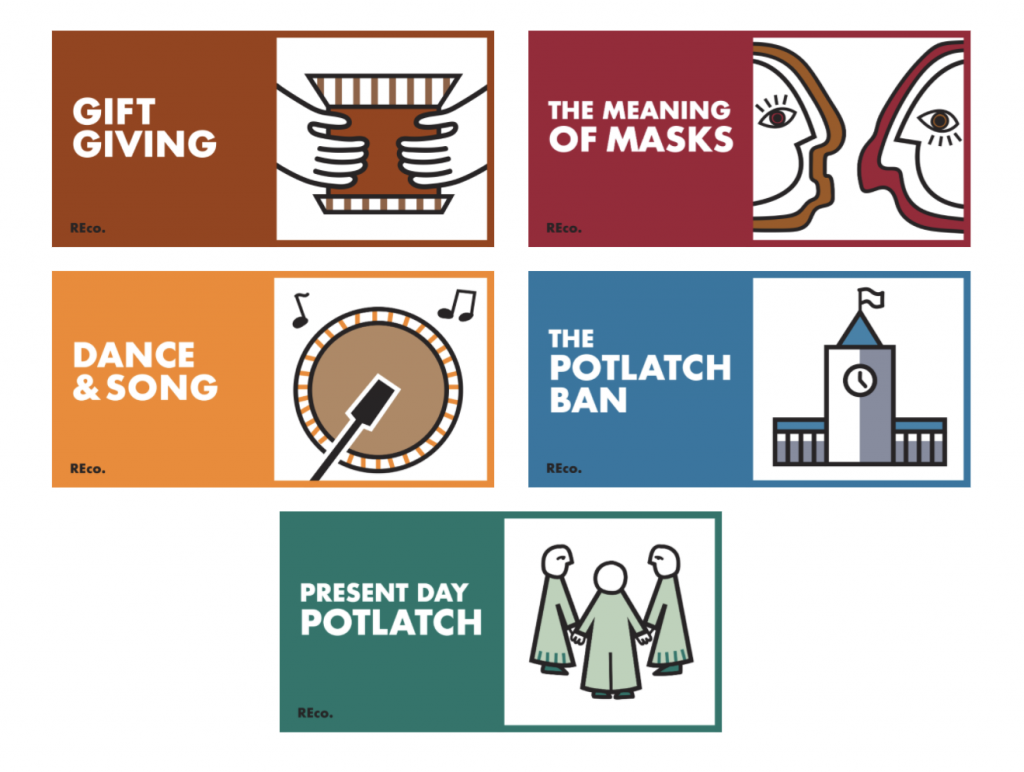
Gift Giving: I drew a bentwood box which is one of many types of gifts given during a potlatch.
Masks: This one was hard to figure out a concept for because I did not want to directly draw and stylize Indigenous masks. So instead, I depicted masks from a side profile. This way you also get the idea that the people behind the masks are important too.
Dance & Song: I drew a drum which is crucial for the background of Indigenous dances and songs.
The Potlatch Ban: I drew the parliament building to represent the Canadian government.
Present Day Potlatch: I wanted to represent the idea of community, therefore I drew figures in a circle shape holding hands.
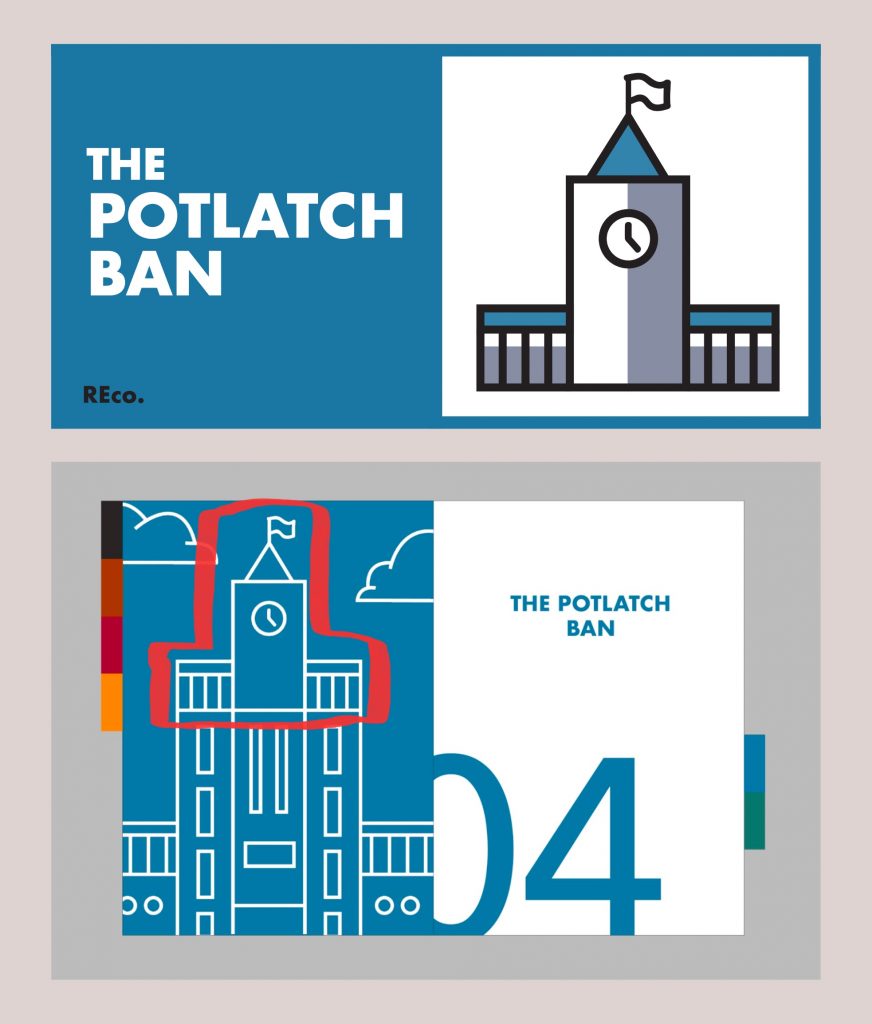
Overall, at the start we were struggling to get a clear vision of what the program would look like and what message we were going to convey to the students. But once we nailed down on focusing on potlatches, everything started to fall into place. We ended up with a program that will engage young students by allowing them to be interactive and independent, as well as a program that is all visually cohesive, with a friendly and inviting tone. The visual elements help make the educational elements we wanted to push through stronger. We achieved our goal of making a program to practice reconciliation towards the culture and history of the Indigenous.





